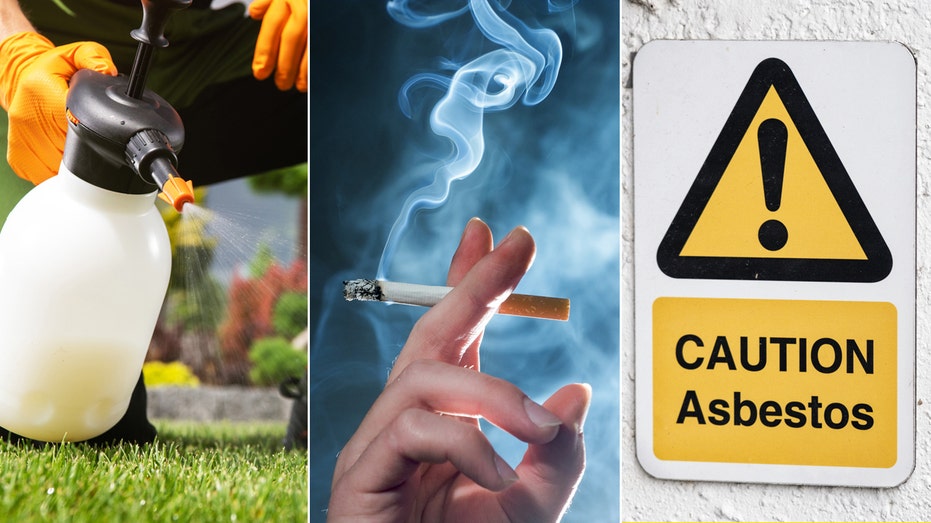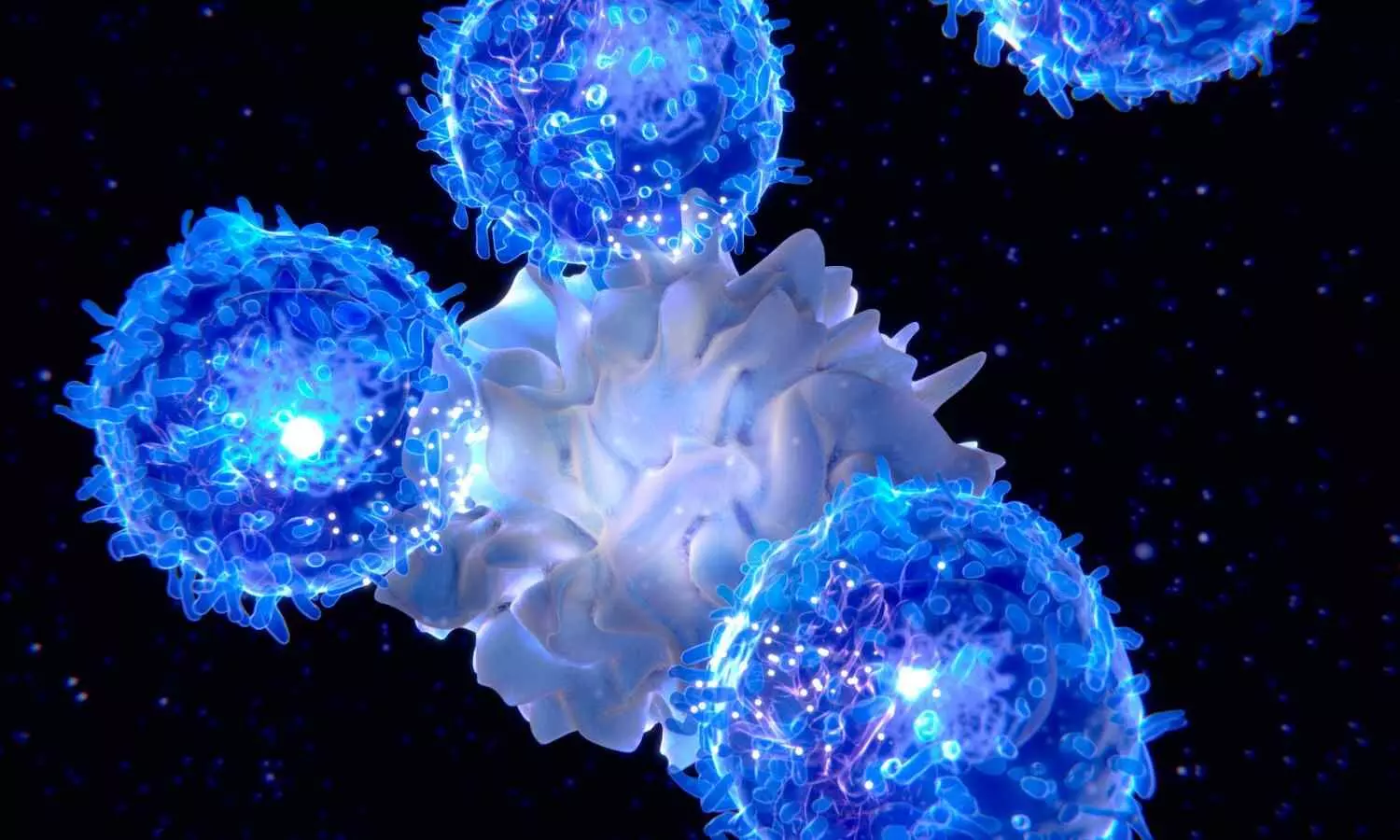6 New COVID-19 Variant JN.1 Symptoms: What to Expect After Getting Infected with New COVID-19 Variant | Th - TheHealthSite
- 6 New COVID-19 Variant JN.1 Symptoms: What to Expect After Getting Infected with New COVID-19 Variant | Th TheHealthSite
- New variants of COVID-19 continue to emerge WWLP-22News
- Stanislaus County health officials watch for signs of fast-spreading COVID-19 variant Modesto Bee
- First case of new COVID-19 variant confirmed in T&T | Loop Trinidad & Tobago Loop News Trinidad & Tobago
- COVID JN.1 variant: How timely identification and intervention can help IndiaTimes
1 year 6 months ago
Efficacy and safety of an early oral switch in low-risk Staphylococcus aureus bloodstream infection (SABATO): an international, open-label, parallel-group, randomised, controlled, non-inferiority trial - The Lancet
- Efficacy and safety of an early oral switch in low-risk Staphylococcus aureus bloodstream infection (SABATO): an international, open-label, parallel-group, randomised, controlled, non-inferiority trial The Lancet
- Trial supports switch to oral antibiotics in patients with low-risk Staph bloodstream infections University of Minnesota Twin Cities
1 year 6 months ago
STAT+: Testosterone didn’t lower fracture risk in a surprising new study. Researchers have theories about why
1 year 6 months ago
Health, Research, STAT+
The Most Current COVID Symptoms of 2024, According to Doctors - Prevention Magazine
- The Most Current COVID Symptoms of 2024, According to Doctors Prevention Magazine
- New variants of COVID-19 continue to emerge WWLP-22News
- Stanislaus County health officials watch for signs of fast-spreading COVID-19 variant Modesto Bee
- First case of new COVID-19 variant confirmed in T&T | Loop Trinidad & Tobago Loop News Trinidad & Tobago
- 6 New COVID-19 Variant JN.1 Symptoms: What to Expect After Getting Infected with New COVID-19 Variant | Th TheHealthSite
1 year 6 months ago
Cancer causes: These 10 hidden carcinogens can raise the risk, according to an oncology expert
1 year 6 months ago
Health, Cancer, cancer-research, lifestyle, medical-research, breast-cancer, Environment
America’s Health System Isn’t Ready for the Surge of Seniors With Disabilities
1 year 6 months ago
Aging, Health Industry, Navigating Aging, Disabilities, Doctors
Health – Demerara Waves Online News- Guyana
More Cuban health workers coming to Guyana this year
1 year 6 months ago
Health, News
Carbon monoxide poisons five family members in Portland apartment during power outage
1 year 6 months ago
Health, health-care, lifestyle, Oregon, house-and-home, Weather
Rise in Covid-19 cases in Grenada
1 year 6 months ago
Health, caribbean public health agency, carpha, coronavirus, COVID-19, linda straker, omicron, shawn charles, world health organisation
Carnival virus warning - Trinidad & Tobago Express Newspapers
- Carnival virus warning Trinidad & Tobago Express Newspapers
- 5 die from covid since Christmas… but 800,000 VACCINES DUMPED TT Newsday
- 5 die from covid since Xmas… but 800,000 VACCINES DUMPED TT Newsday
1 year 6 months ago
Health – Demerara Waves Online News- Guyana
Litta Reporta app to provide data to assist with waste management
1 year 6 months ago
Business, Environment, Health, News
Medical News, Health News Latest, Medical News Today - Medical Dialogues |
EU regulator starts safety review of CAR-T cancer cell therapies
1 year 6 months ago
News,Industry,Pharma News,Latest Industry News
Public Health withdraws NUTRAMIGEN PREMIUM WITH LGG formula from the market due to “possible damage to health”
1 year 6 months ago
Health, Local
Medical News, Health News Latest, Medical News Today - Medical Dialogues |
AbbVie unveils Produodopa for Advanced Parkinson's Disease in EU
1 year 6 months ago
News,Nephrology,Nephrology News,Industry,Pharma News,Latest Industry News






